MARVIN LIVED in the northernmost section of Babbington, the section called Scrub Oaks, an area I had never seen before. I rode there on my bicycle, a Shackleton Superba.
It was a red bicycle with white pinstripes. The tires were wide and plump, and broad fenders covered them front and rear. Mounted on the front fender was a light, roughly the shape of the fuselage of an airplane. A chrome visor above the lens wrapped over each side of the housing and swept backward, diminishing into two chrome strips that ran along the sides and then broadened again at the rear to form flattened, stylized versions of a plane’s ailerons. A small key, the only key I owned, could be inserted into the rear of the light housing to unlock it and allow the top half to be flipped aside for easy access to the batteries, and frequent access was necessary, because the batteries of my youth leaked. Over the rear fender there was a rack, heavily chromed. The handlebars were fitted with red rubber handle grips, with circular protectors just ahead of them, like those I saw on cutlasses in swashbuckling movies, which I still enjoyed though they were already out of date and corny.
Of all the Superba’s features, the one that most enchanted me, the one thing that, when I began hinting, pleading, whining, and begging for a full-sized bike, made it not merely a bike that I hinted, pleaded, whined, and begged for, but this bike, the magnificent Superba, was its horn. It was fitted into the space between the double bars of the frame that arched gracefully from the front fork to the post that supported the seat. Lesser models had nothing in this space but Zwischenraum, but I’d never perceived the space as empty until I’d seen, on the Superba, how gloriously it could be filled. Fitted between the bars was a metal box modeled after the gas tank of a motorcycle. On the right side was a circular button with a convex surface to accommodate a fingerpad, and on the left was a chrome grille, behind which was the horn itself. The same key that unlocked the light housing unlocked the horn housing, allowing easy replacement of its leaking batteries.
When I first got my Superba, I was much too small to ride it properly. I couldn’t reach the pedals. My father bolted blocks of wood onto either side of each pedal. These blocks allowed me to ride the bike, but I still couldn’t mount it in the normal manner. I had to bring it to the front steps of our stoop, hold it while I mounted the steps to the top of the stoop, climb aboard while steadying the bike with a hand on the stoop, then start myself with a mighty shove so that I’d clear the stoop before I began to pedal. The blocks gave each pedal the approximate dimensions of a brick, and having two bricks pumping up and down close to the road beneath me made sharp turns an unpredictable affair. If, when I made a turn, leaning into it, racer style, the inside pedal was down, the block bolted to it was likely to strike the pavement and, acting simultaneously as brake and pivot, create some heart-stopping unintentional maneuvers. In the first year, I rarely rode far from home while the blocks were still on, primarily because of the embarrassment of having to remount under unfamiliar conditions, but also because the hazardous blocks made it seem wise to stay close to a sure supply of Band-Aids, mercurochrome, and motherly comfort. When I had finally grown enough so that the blocks could came off, my world (by which I mean the world that I could explore on my own, independent of my parents, who often seemed to hustle me past the most interesting sights) enlarged with the thrilling, dizzying suddenness of one of Quanto’s amazing leaps. That bicycle opened all of Babbington to me. Without it, I would never have gone as far from home as Marvin’s house, but thanks to my Superba not even Scrub Oaks was outside my range.
[to be continued]
Have you missed an episode or two or several?
You can begin reading at the beginning or you can catch up by visiting the archive or consulting the index to the Topical Guide. The Substack serialization of Little Follies begins here; Herb ’n’ Lorna begins here; Reservations Recommended begins here; Where Do You Stop? begins here.
You can listen to the episodes on the Personal History podcast. Begin at the beginning or scroll through the episodes to find what you’ve missed. The Substack podcast reading of Little Follies begins here; Herb ’n’ Lorna begins here; Reservations Recommended begins here; Where Do You Stop? begins here.
You can listen to “My Mother Takes a Tumble” and “Do Clams Bite?” complete and uninterrupted as audiobooks through YouTube.
You can ensure that you never miss a future issue by getting a free subscription. (You can help support the work by choosing a paid subscription instead.)
At Apple Books you can download free eBooks of Little Follies, Herb ’n’ Lorna, and Reservations Recommended.
You’ll find overviews of the entire work in An Introduction to The Personal History, Adventures, Experiences & Observations of Peter Leroy (a pdf document) and at Encyclopedia.com.





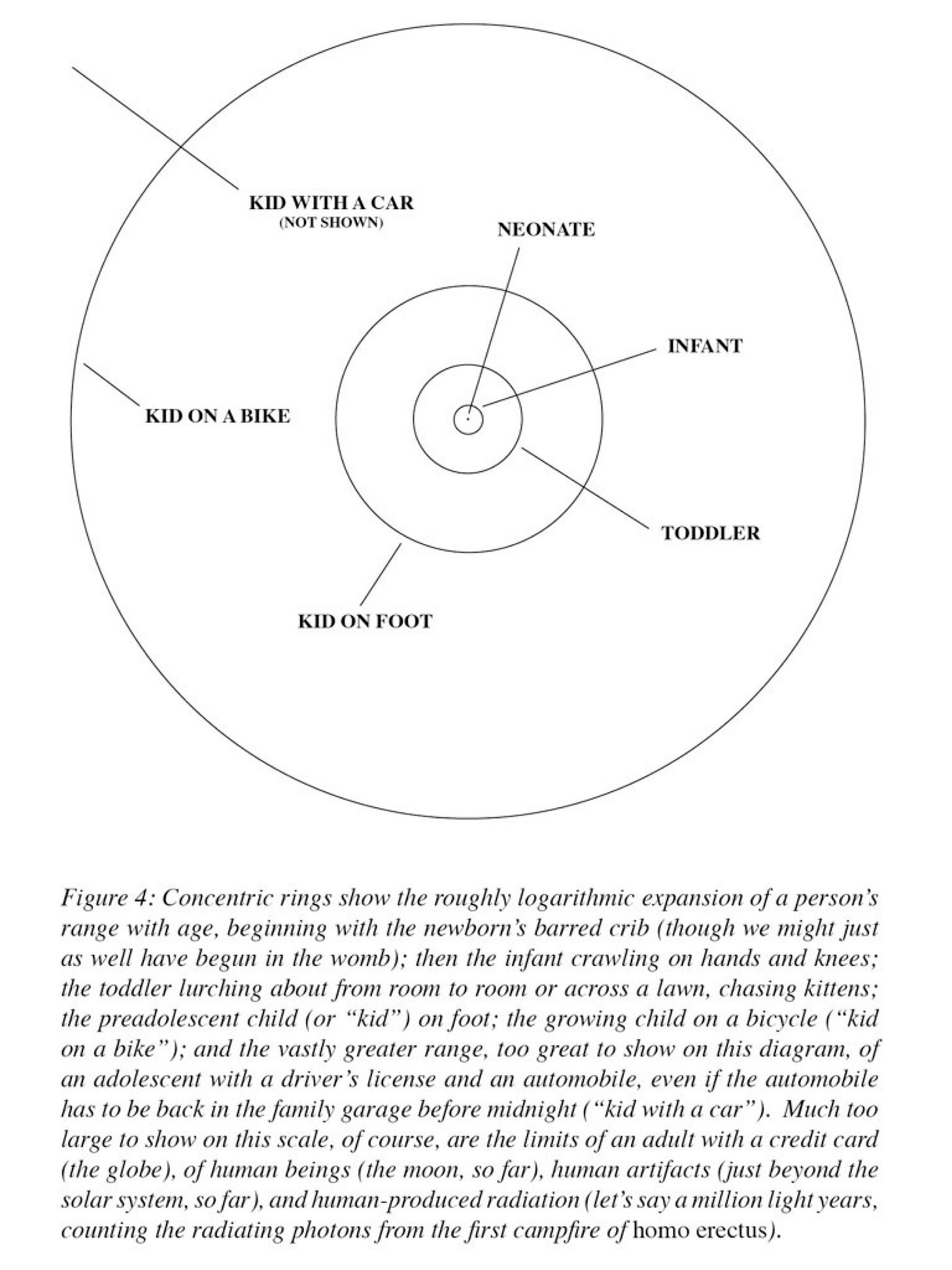



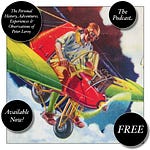
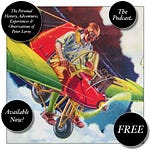
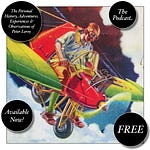
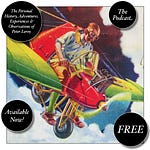

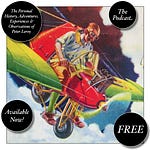
Share this post